| We all look at the sky and sometimes we found some clouds. The word meteorology is actually from ancient Greek and it is composed by two words: μετέωρος metéōros (meteor, or better, "thing up in the sky") and -λογία -logia (-(o)logy, meaning language or study) so this is literally "the study of the things in the sky". I will try to explain here some basics facts about clouds. First of all: clouds are composed of liquid (or even solid) water, not vapors. Water vapor, sometimes called moisture, is not visible in air. The white or gray clouds that we can spot are made of tiny droplets of water. Liquid or frozen water. Their color is mainly influenced by the Sun position (and by their dimensions) so, if from the ground we can see a variety of cloud colors from dark gray to bright white, when we see the top of the cloud from an aircraft in daylight the only visible color will be white. Technically the cloud is formed by liquid droplets (or tiny ice crystals) in suspension so it can be classified as an aerosol. These water or ice particles are so small that simply do not fall (at least not before it will start to rain). We can classify clouds referring primary to their altitude, so we have high-level, mid level , low-level and even towering vertical clouds. Meteorologists started to assign names to the clouds at the end of XIX century. In my opinion their naming was heavily influenced by the Linnaean taxonomy used by biologists and I will report the names of the cloud using the latest accepted terms by the World Meteorological Organization: as an example we can have a Genus and a specie like Altocumulus lenticularis (Ac Len). As You can see, they all will be in Latin. I will mainly report the clouds types from high to low level, in order to achieve a better understanding of their location when a computer user scrolls down the page, so producing a gentle dive from the upper levels to the lower ones. | Tutti alziamo lo sguardo al cielo e quando lo facciamo spesso troviamo qualche nube (il termine nuvola non è scientificamente corretto). La stessa parola Meteorologia è derivata dal greco dove troviamo μετέωρος metéōros (meteora, o meglio, "cosa che sta in aria") e -λογία -logia (linguaggio o, per estensione, studio) quindi stiamo letteralmente parlando dello studio delle cose che stanno in aria. Cercherò di spiegare qualche nozione di base sulle nuvole. Prima di tutto: esse sono composte da goccioline di acqua allo stato liquido (o da piccoli cristalli di ghiaccio). Il vapore acqueo (a volte definito umidità) nell'atmosfera è trasparente e non può essere osservato visivamente. Le nubi bianche o grigie che possiamo osservare sono composte o da goccioline d'acqua o da cristalli di ghiaccio ed il loro colore è influenzato principalmente dalla posizione del sole (e dalla loro dimensione): osservate da terra potranno assumere tutta la gamma di colori dal grigio scuro al bianco ma osservandole dall'alto, generalmente a bordo di un aeromobile, saranno tutte soltanto bianche. Tecnicamente quindi la nube è formata da goccioline d'acqua o da aghetti di giaccio in sospensione ovvero è un aerosol. Queste microparticelle sono così piccole che semplicemente non riescono a cadere (almeno fino a quando non inizia a piovere). Possiamo classificare le nubi principalmente attraverso la loro altitudine ed avremo così nubi alte, medie, basse o ancora a sviluppo verticale. I meteorologi hanno iniziato a dare un nome alle nubi ed il sistema è stato a mio parere molto influenzato dalla classificazione biologica di Linneo che i biologi applicano alle specie viventi. Possiamo quindi trovare Generi e specie come ad esempio Altocumulo lenticolare. Qui riporterò i nomi come attualmente accettati dalla Organizzazione Meteorologica Internazionale (WMO) partendo dalle nubi alte e scendendo verso i livelli più bassi in modo che al lettore possa apparire di effettuare una discesa nell'atmosfera un po' come avviene per lo scrolling della pagina. Userò quando possibile il nome latino tradotto in italiano. |
| Composed by ice crystals, they floats in the sky between 7000 and 12000 meters of altitude. We can find Cirrus (Ci), Cirrocumulus (Cc) and Cirrostratus (Cs): differences are about their texture being the Cirrus almost like a filament, it can be found also as a stratus (Cs) or a little agglomerate (Cc).Sometimes all of these forms coexists. | Formate interamente da cristalli di ghiaccio, si trovano tra 7000 e 12000 metri di altitudine. Possiamo classificare i Cirri (Ci), Cirrocumuli (Cc) e Cirrostrati (Cs) in base alla loro estensione. Il cirro (Ci) è quasi filamentoso ma può trovarsi anche anche in forma stratiforme (Cs) o in patterns agglomerati (Cc). Spesso si trovano combinazioni di tutte e tre le forme. |
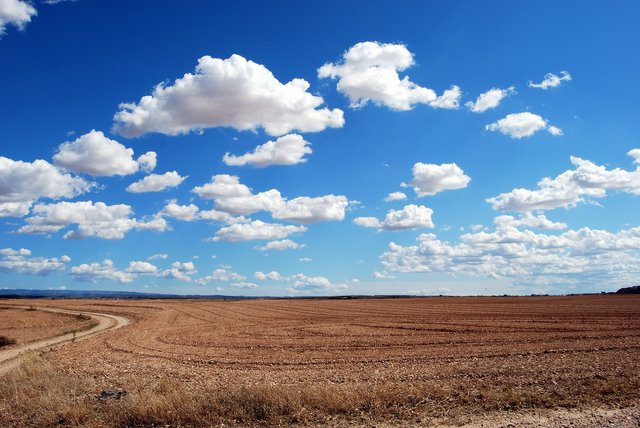


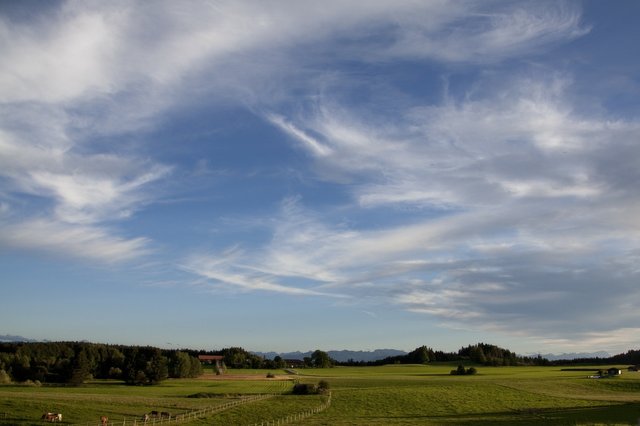
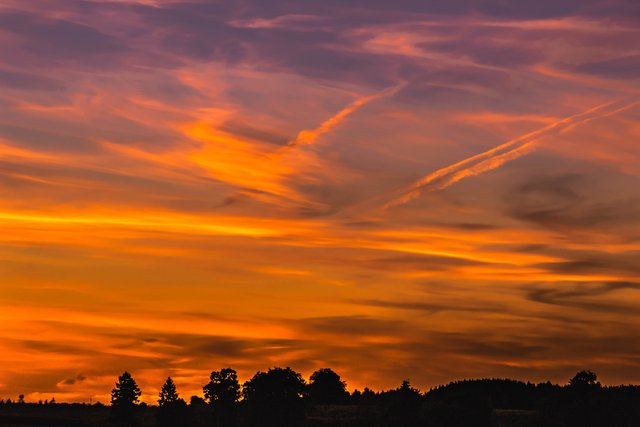
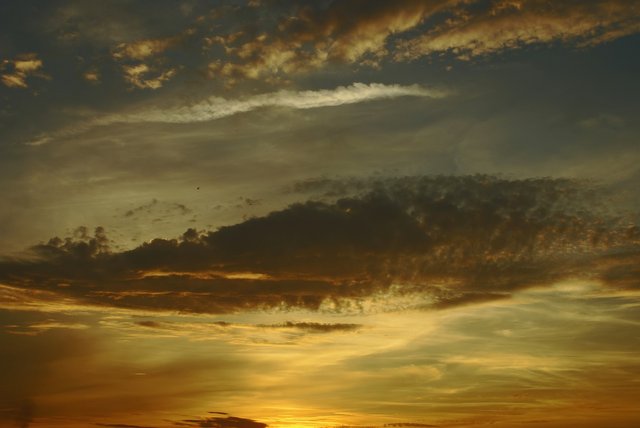
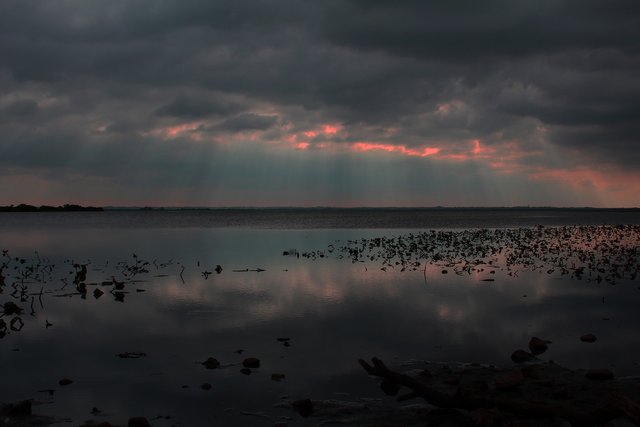



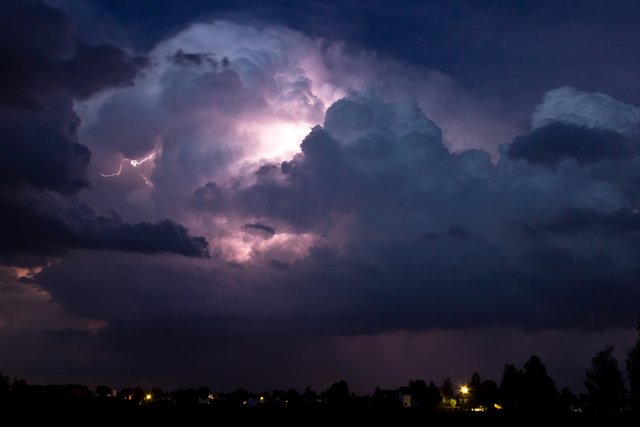
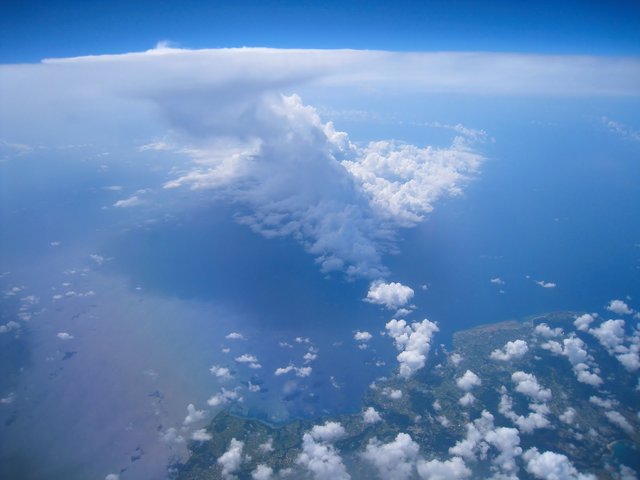
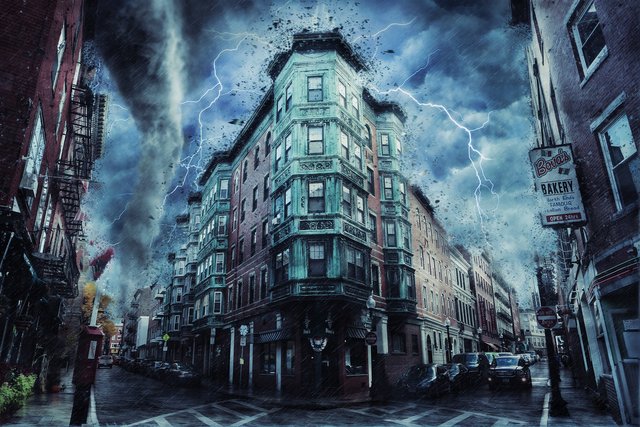
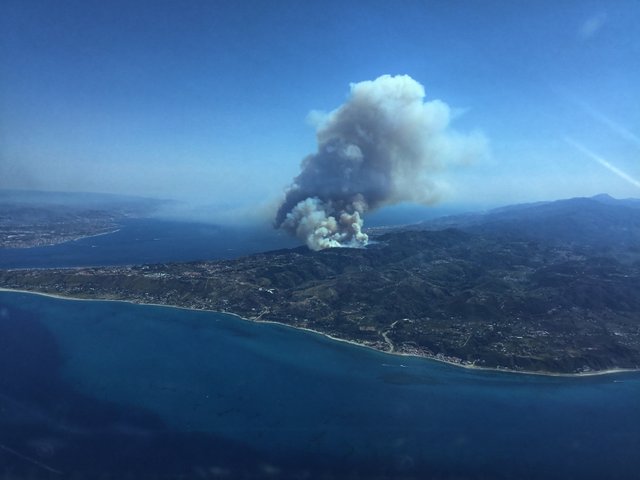
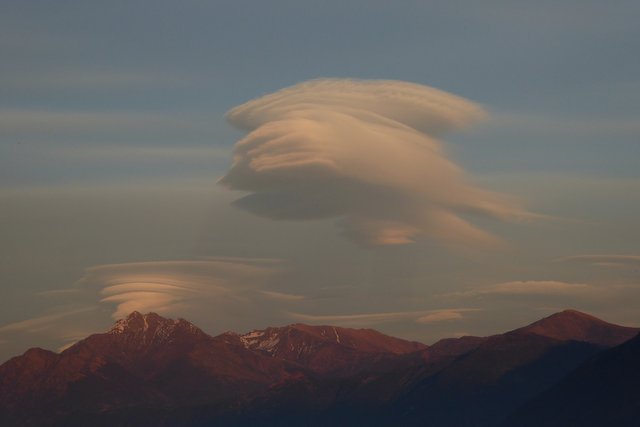
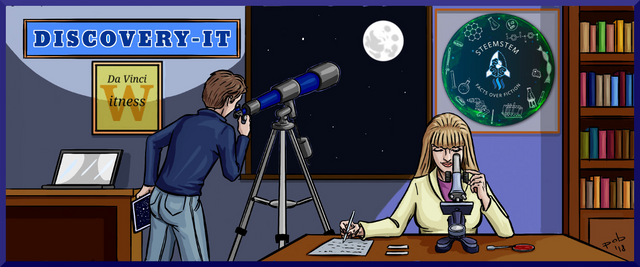
Questo post è stato condiviso e votato dal team di curatori di discovery-it.
Questo post è stato condiviso nel canale #italia-curation e votato della comunità @c-squared Discord, dopo aver ricevuto una revisione manuale. @c-squared dispone anche di una witness all'interno della comunità. Si invita l'utilizzo di uno dei voti destinati alle witness per supportare questo progetto.
This post was shared in the #italia-curation channel in the Curation Collective Discord community for curators, and upvoted and resteemed by the @c-squared community account after manual review. @c-squared runs a community witness. Please consider using one of your witness votes on us here
Ciao, ho visto che hai preso delle immagini dall'atlante delle nubi, mi sai dire se quelle immagini sono libere o protette da copyright? Grazie
@aboutcoolscience ciao! No l’atlante delle nubi è solo il riferimento classificatorio le immagini sono tutte CC0 da Pixabay tranne l’ultima che è mia.
Posted using Partiko iOS
Congratulations @omodei! You have completed the following achievement on the Steem blockchain and have been rewarded with new badge(s) :
You can view your badges on your Steem Board and compare to others on the Steem Ranking
If you no longer want to receive notifications, reply to this comment with the word
STOPThis post has been voted on by the SteemSTEM curation team and voting trail. It is elligible for support from @curie.
If you appreciate the work we are doing, then consider supporting our witness stem.witness. Additional witness support to the curie witness would be appreciated as well.
For additional information please join us on the SteemSTEM discord and to get to know the rest of the community!
Please consider setting @steemstem as a beneficiary to your post to get a stronger support.
Please consider using the steemstem.io app to get a stronger support.